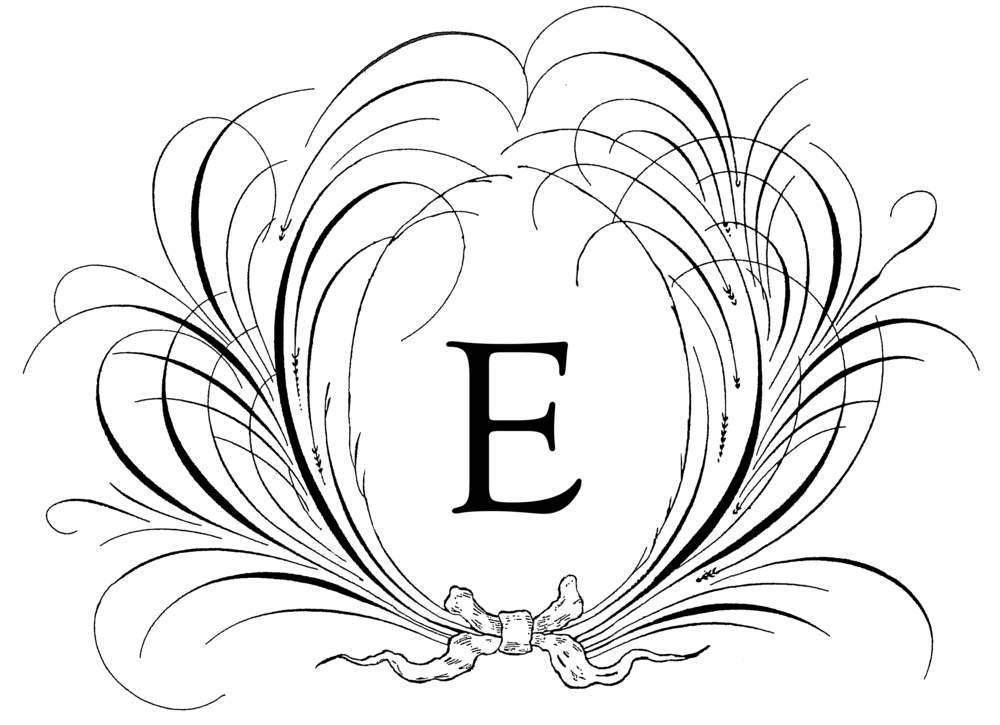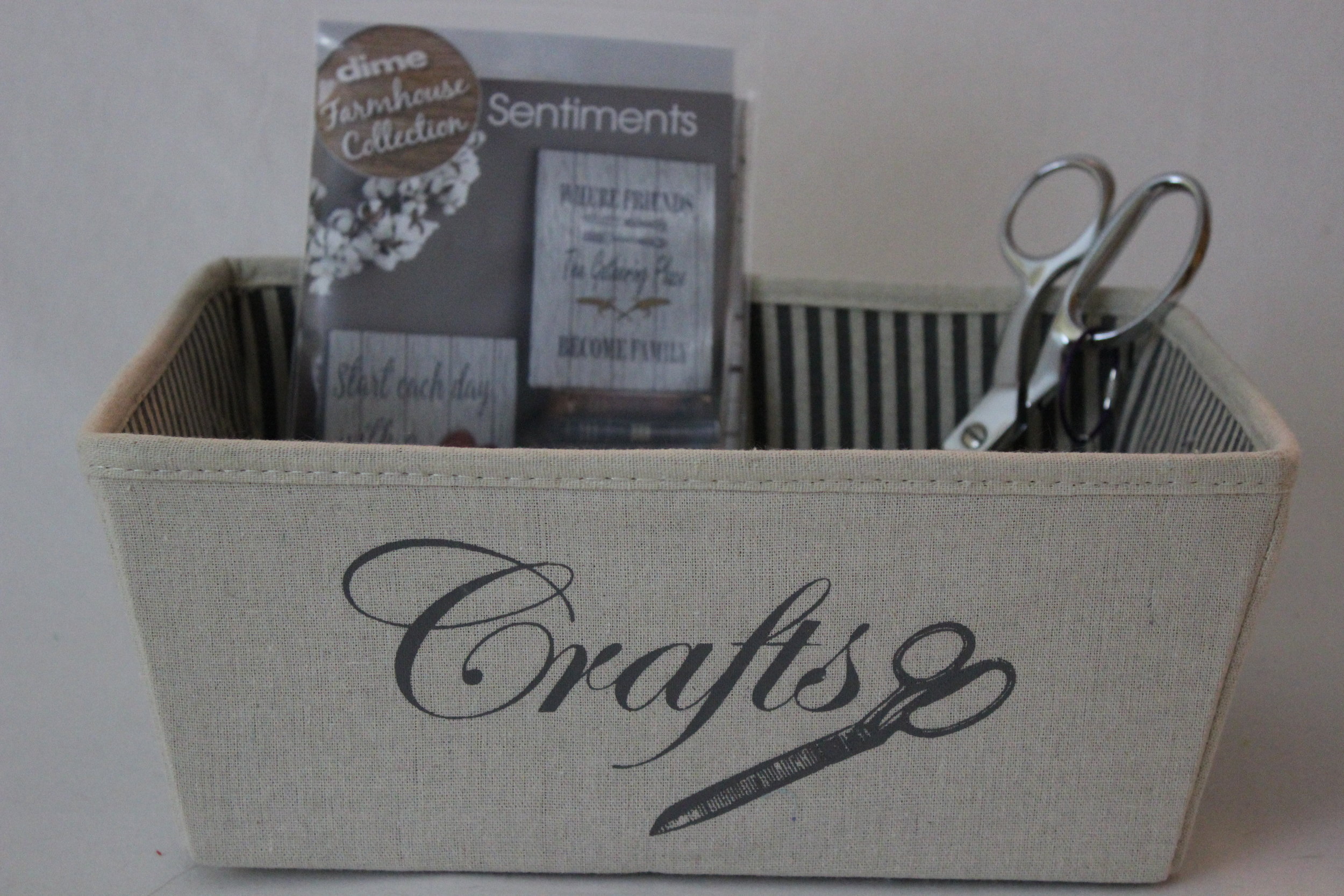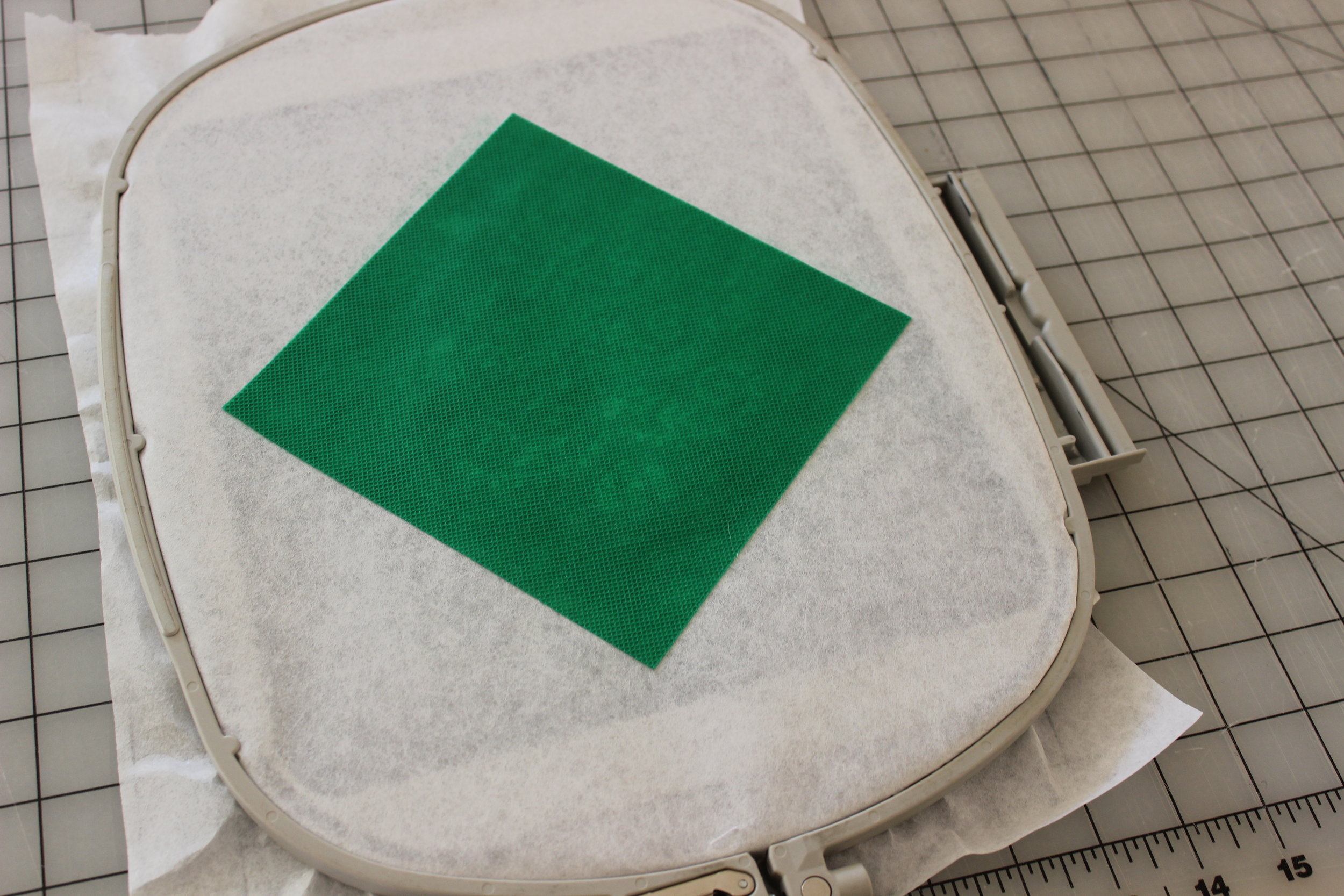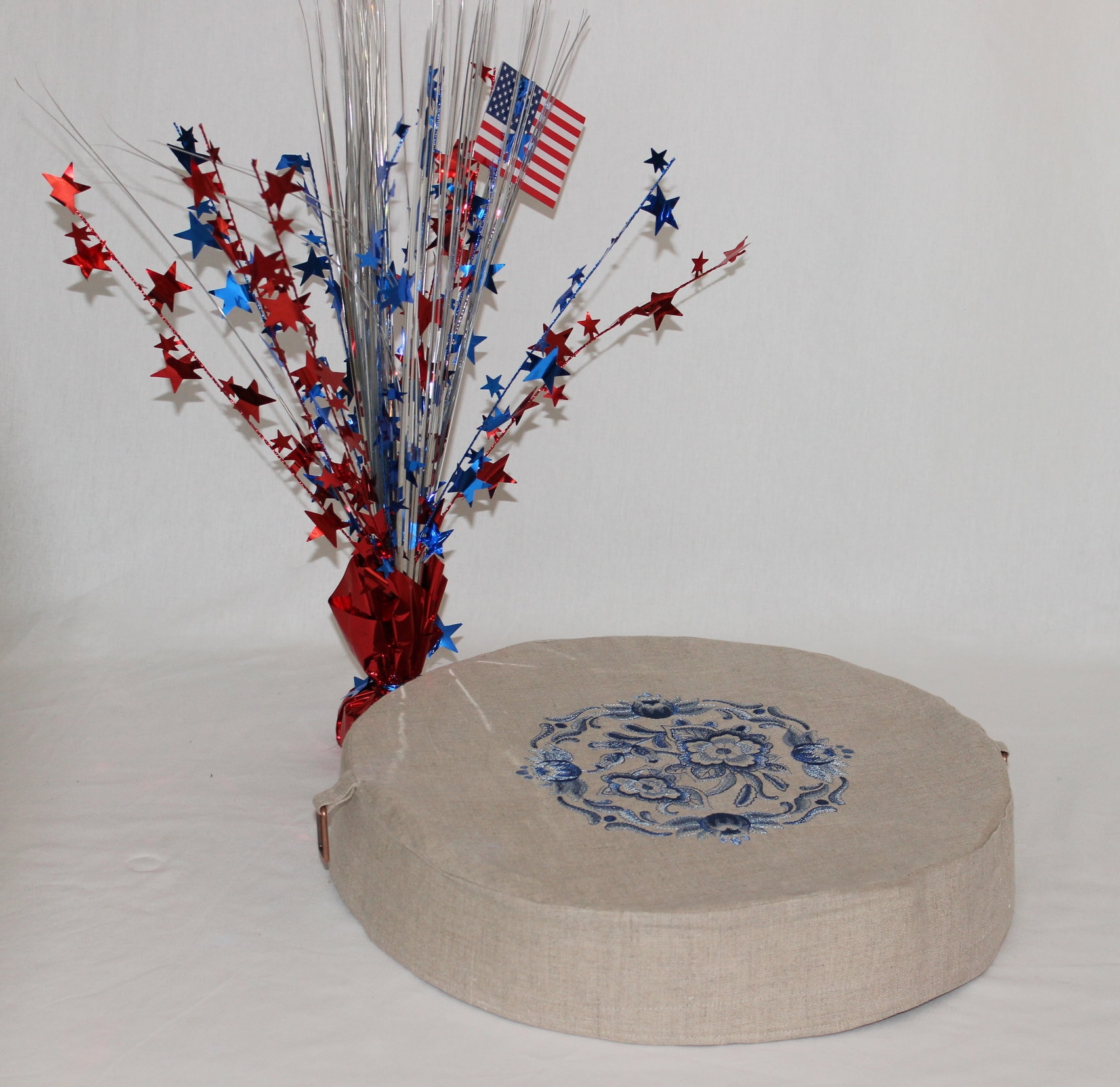This Contest is now closed.
Woohoo! We have a winner!!
Congratulations to C. Bennett. Please check your email.
Woohoo! February is National Embroidery Month! I am sure this month of dedication to embroidery was signed into action well before embroidery machines were invented. Well maybe not, I just saw that it may have been signed in the 90’s, but I could not find a reliable source to confirm the actual date, so we will believe that it was. Anyhow, I am sure the intention of this event was to commemorate all those painstaking hours of gorgeous hand embroidery. Many hand embroiders will not like to hear this, but technically machine embroidery falls into the category of embroidery.
The Oxford Dictionary defines “embroider” as a verb: “Decorate (cloth) by sewing on it with thread.” There you go!! Machine embroidery is just as official as hand embroidery!
Eileen Roche of Designs in Machine Embroidery at www.dzgns.comand Baby Lock at www.babylock.com have teamed up together to celebrate the month with a 2019 Stitch Along Tour. They asked eleven others to participate in the event. You can find a list of all the participants at Eileen’s blog post on January 31, 2019, http://dzgns.com/blog/2019/01/2019-stitch-along-tour-participants-list/ that introduced everyone.
Each participant was given two panels of the pre-printed fabric and a download of designs. We were asked to be creative and present our projects on a blog post during the month of February. The two panels and designs are just beautiful.
The project was designed to be quilted with a wood grain look, then add machine embroidery, and finish it by stretching it onto an art canvas. What an awesome idea! How could I possibly change what I already loved? So I did not change a thing, but I added to it.
We have a large family of nine children and one question that I can be asked repeatedly is, “What is for dinner?” Try answering that ten times nicely. So my solution is to hang Eileen’s “Gathering Place” panel in my kitchen with my newly created “Menu.” That will take care of all those questions. I designed it with that clever black chalkcloth fabric and used the machine embroidery designs to compliment the pre-printed panel. It is a win-win for me. Wait till my growing family sees this!
What is your family’s favorite dinner?
INSTRUCTIONS
To make the “Gathering Place” panel follow Eileen’s instructions in the download. I chose the floral spray, knife, and fork, designs from the collection to embellish my pre-printed panel.
In addition to following Eileen’s instructions, to keep my wood grain quilting designs straight, I used black art tape to line it up and then scan it in the camera as sometimes I cannot see the designs in the camera.
When embroidering the wood grain designs, it is easier if you put one and two together, save it and embroider quadrant one and then quadrant two. Then do the same for designs three and four, and quadrants three and four.
To make the “Menu” I used my Baby Lock Ellisimo Gold built-in editing feature.
I added the words “MENU” from the built-in fonts then added the spray below the words. The knife was added to one side then the fork to the other side. I saved mine to memory in case my electricity went out like it did the other day (We were one of 15 and I was machine embroidering for the Designs in Machine Embroidery magazine. UGH!)
The chalkcloth fabric was purchased from Nancy Notions at: https://www.nancysnotions.com/black-chalkcloth-fabric.html
I cut a piece of chalkcloth the same size as the panel and hooped it such that the design would be at the top.
I hooped a piece of cutaway stabilizer the size of the hoop from Fairfield World at: https://www.fairfieldworld.com/store/20-x-20-yds/stabilize-interfacing-20-x-20-yds/
Thank you to Fairfield World at www.fairfieldworld.com for donating this stabilizer and the batting for the “Gathering Place” panel. You guys are awesome and “at the heart of my project!”
I also used a magnetic hoop from Designs in Machine Embroidery. This is actually very critical so the fabric does not get hoop burn. If you do not have a magnetic hoop, do not be dismayed. You can use a sticky stabilizer, but do not use a tack down stitch. The extra holes in the chalkcloth are not removable.
Another recommendation for embroidering on chalkcloth is to change the needle to a Microtex needle by Schmetz Needles https://www.schmetzneedles.com/item/Microtex-Sharp-Needles-3. This needle has a smaller hole and does not penetrate the chalkcloth as much as other needles.
Other than that, I machine embroidered on the chalkcloth just as I would any other fabric.
Once the design was finished, I sprayed the back of the chalkcloth with Scotch permanent adhesive before stretching it onto the canvas. This helped reduce the wrinkles and keep the chalkcloth from puckering as it did not want to stay close to the canvas without this adhesive.
GIVEAWAY!!!
Woohoo! Designs in Machine Embroidery www.dzgns.com and Baby Lock www.babylock.com have generously donated the “Farmhouse Collection Sentiments” package to giveaway to one winner. To be entered into the random drawing you have two simple requirements:
Sign up for my newsletter (click on the button on the right). If you have already done this, thank you. You are awesome.
Comment below so I know you want to be entered.
That’s it! Have fun!
GIVEAWAY RULES: This giveaway is open to all contestants. It will open February 20, 2019, and close February 22, 2019, at 11:59 PM EST. A winner will be announced on February 23, 2019. The winner will randomly be chosen who has completed the requirements above. Their name will be announced here on this blog post. Please check back to this blog post to see if you were chosen and email me with your address to receive your prize. This giveaway is open to anyone with a US mailing address and who is at least 18 years old. This giveaway has no affiliation with Instagram, Facebook, or any other social media, and they are all completely released. You are not eligible to participate if you have any affiliation with a sponsor or are related to someone who is. By commenting below you agree to these terms.
For those of you who do not win, thank you for reading and participating. You still have an opportunity to make your own “Farmhouse Collection Sentiments.” It is available to purchase at “Designs in Machine Embroidery” https://www.shop.dzgns.com/collections/specials/products/farmhouse-collection-sentiments where it is on sale and there is free shipping. If you make one, we would all love to see it. Please use the hashtag: #EmbroideryMonthStitchAlong
Sara Gallegos of Sew Positively Sara http://sewpositivelysara.com/articles/ (Love that name!) will be next in the 2019 Stitch Along Tour. Hope you join her this Friday, February 22, 2019. You will have another chance to win the “Farmhouse Collection Sentiments.”
Eileen, thank you for solving my problem, and the honor of participating in this blog tour.
































































































































































